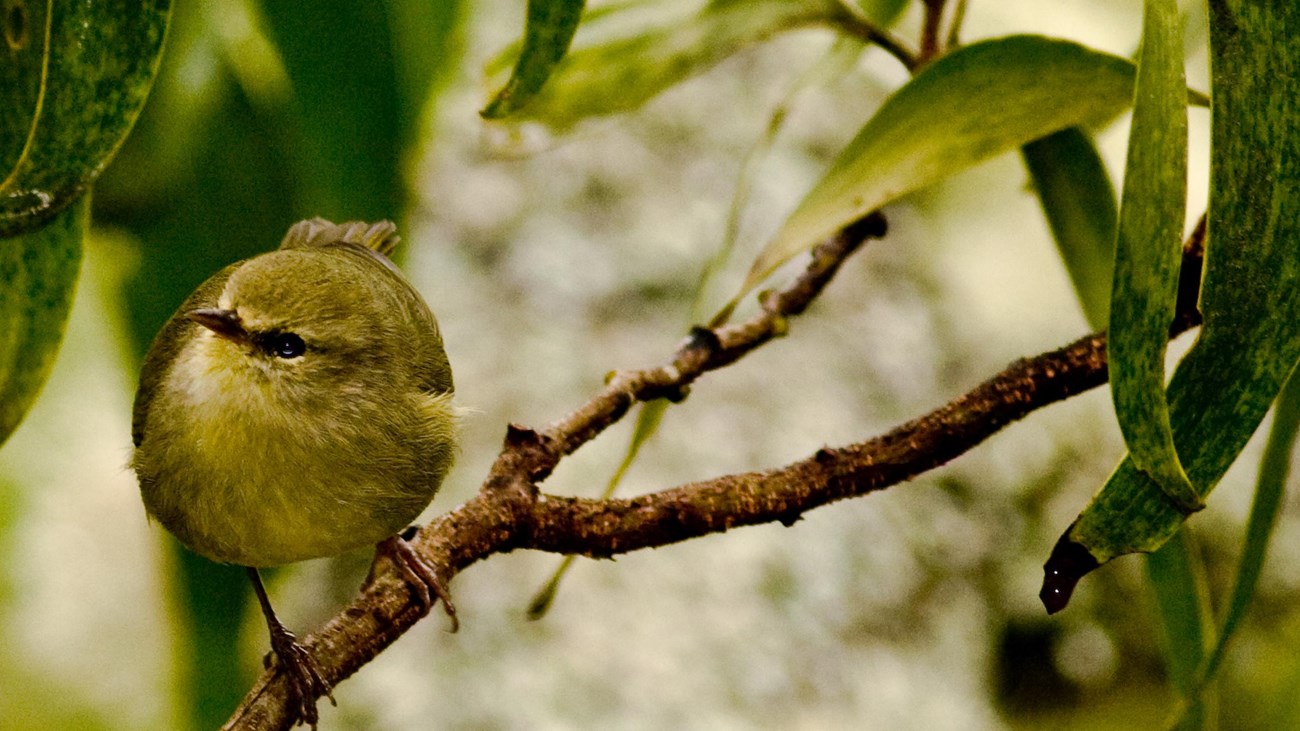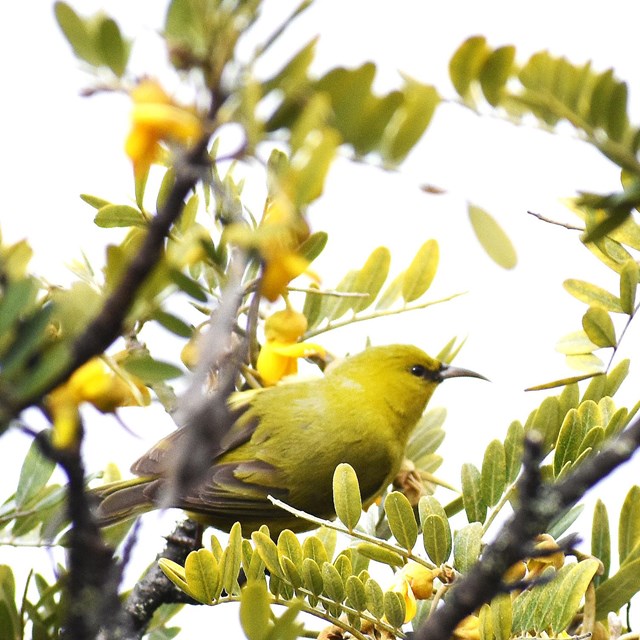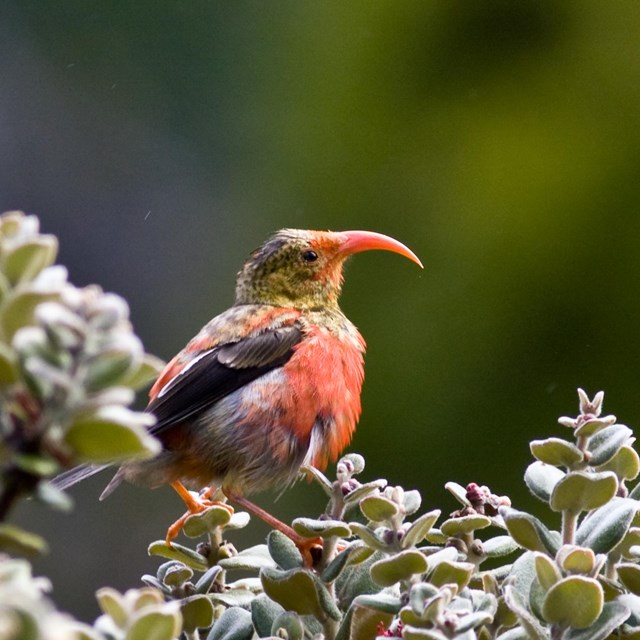Beauty on the BrinkFor millions of years, songbirds native to the island of Maui have called Haleakalā home. They represent a colorful thread that runs through the evolutionary history of the Hawaiian Islands; the diversity among these birds, known as Hawaiian honeycreepers, shows the challenges they have faced and their success in unique ecosystems. But the last hundred years have brought about changes at an increasing rate. The rare forest birds of Maui are in a race for survival—and they can't do it alone. Fast Facts
Familiarize Yourself with Forest Birds |
Last updated: April 24, 2024




